Table of Contents
Magnetic Properties of Solids:
Solids can be classified on the basis of their behaviour towards magnetic filed into following types-
Diamagnetic Substances:
Diamagnetic Substances are those substances which are weakly repelled by a magnetic field. Example- Ni(Co)4, K4[Fe(CN)6], NaCl. Diamagnetic substances have all their electrons paired, i.e., absence of unpaired electrons so that they possess zero magnetic moment.
Paramagnetic Substances:
The substances which have permanent magnetic dipoles and are attracted by the magnetic field are known as paramagnetic substances. These consist of atoms, ions or molecules having one or more unpaired electrons. The common examples are Cu2+, Fe3+, Cr3+, O2, TiO, Ti2O3, VO2, CuO, etc. They lose their magnetism in the absence of a magnetic field. Solids like TiO2 which are expected to be diamagnetic often show paramagnetism due to the presence of slight non-stoichiometry.
Some more complex magnetic behaviours are also discussed:
Ferromagnetic Substances:
Ferromagnetic Substances are those, which are strongly attracted by magnetic filed and behave as magnet even in the absence of magnetic field. Example- Fe, Ni, CrO2, Fe3O4 and alnico (an alloy of Al, Ni, Co, Fe and Cu). Ferromagnetism is due to the spontaneous alignment of magnetic moments in the same directions. It is field-dependent property and originates due to lattice of particles with parallel spins.
Anti-ferromagnetic Substances:
Anti-ferromagnetic Substances are those solids, in which alignment of magnetic moments is in the opposite direction (i.e. compensatory manner) so that net magnetic moment is zero due to cancellation of the individual magnetic moment. Example- V2O3, Cr2O3, MnO, Mn2O3, FeO, Fe2O3 are anti-ferromagnetic.
Ferri-magnetic Substances:
Ferri-magnetic Substances are those solids, which have an alignment of magnetic moments in parallel and anti-parallel directions in unequal numbers so that there is a net magnetic moment. Example- Fe3O4 and ferrites, (general formula- Mfe2O4 where M= Mg2+, Cu2+, Zn2+).
Ferri-magnetic, ferromagnetic and anti-ferromagnetic substances change into paramagnetic substances at high temperature due to randomness of spins. Example- Fe3O4. That temperature at which ferromagnetic substances changes into paramagnetic is called curie temperature. Example- for Fe2O3 it is 850K.
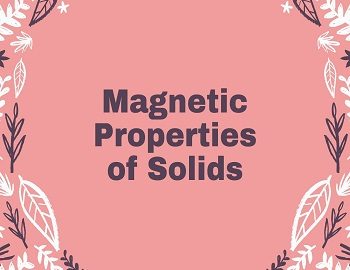


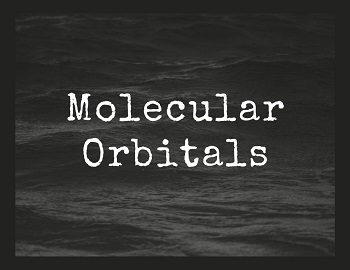
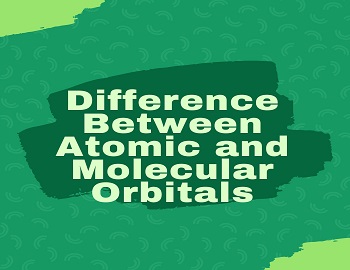
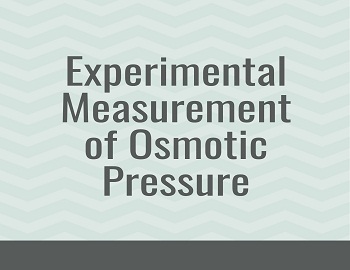
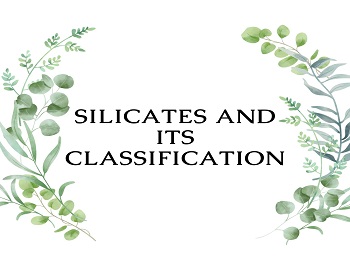
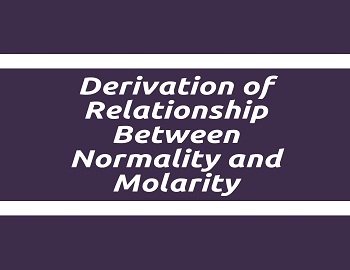

Comments (No)